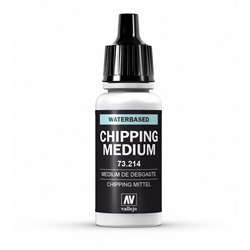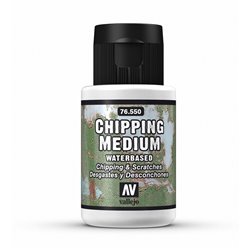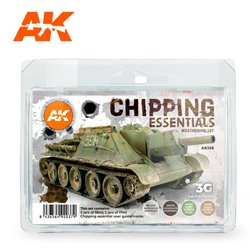Long before computer systems were introduced, signal boxes, stations and goods yards communicated with each other by...
No products
Product successfully added to your shopping cart
There are 0 items in your cart. There is 1 item in your cart.
Search Tips
Christmas and New Year
We are dispatching orders every weekday apart from Christmas Day, Boxing Day and New Year's Day.
If you select next day delivery at checkout, please note deliveries are not made on public holidays or Sundays.
The shop in Sandown is open 23rd and 24th December, then closed from 25th December, reopening on 30th December.
How do I simulate paint chips on plastic models?
Occasionally modellers will have a requirement to weather a model to indicate heavy use and time-based wear and tear.
There are a number of techniques that can help achieve this, one of these is the 'Toothpaste Technique' covered in a previous tip .This is particularly useful in creating paint chips and incorporating these with rust stains or oil streaks.
Another simple technique utilises a sponge-backed scouring pad. Simply tear a small section of the sponge and then lightly dip this in paint to simulate a suitable base colour such as black or a natural metal finish. Gently dab this sponge section on a cloth or tissue until most of the paint has been removed. Then take the sponge and gently dab it on the model in areas where paint chips would be expected, such as doorways and around access panels. This technique can be used on a wide range of models including locomotives, rolling stock, aircraft, vehicles and ships. The irregular surface of the sponge section means that the effect on the model will be suitably random. This is a simple and quick-to-use technique that can lead to very impressive results.
Like all new techniques, it is good to practice first on a scrap part before venturing onto a model. Why not give it a go on your next project?
Click here to receive the tips weekly in your mailbox. You can unsubscribe at any time.










